(Shrine featuring food and cat offerings.)
We awoke to Nyaji-chan desecrating the Yamada ancestral shrine with comical antics. That’s gotta be auspicious, right?!
I of course later learned that I’m not really supposed to take photos of these types of personal shrines. But The Princess said her ancestors would probably forgive me.
So that’s reassuring.
Kinda.
In Hiroshima Station, we discovered this lovely display. In true Japanese fashion, we all stopped, admired it, and took turns making comments about it to one another. That’s just how the Japanese do.
“Kire desu ne! Pretty, isn’t it!”
Of course, it looked much prettier in person than it does in my lousy iPhone photo, but you’ve gotta go with what you’ve got.
The bullet train was fast, quiet, smooth, and for the most part relaxing.
I say for the most part, since every time we passed through a tunnel or some such, the pressure change within the cabin would cause some mild discomfort to the ears, but nothing horrible.
As it turns out, tunnels mark the frontier of bullet train design in other respects as well—namely a phenomenon called “tunnel boom.”
As the train moves, the front end quickly pushes air forward, creating a high pressure zone, while the rear of the train rapidly sucks air behind it, in turn creating a low pressure zone. Upon entering a tunnel, however, these forces no longer have open air space around them to quietly disperse, but instead become trapped in front and behind the train, respectively, where they build up to extreme conditions.
The result is that as the train exits the tunnel, these two extreme pressure zones—one high and one low—slam back together and, just like other objects with “bullet” in the name, make a helluva ruckus in the process. Apparently to those living near such tunnels, it kinda sounds like a bomb going off at regularly scheduled intervals.
Bummer.
To minimize this effect for those who live within earshot, bullet train tunnels have to observe a decibel limit at exit points, which effectively acts as an artificial speed limit on the trains themselves. However, as engineers develop cost effective solutions to this problem, the operational speeds of bullet trains will drastically increase.
As it was, we were rolling along at some 200 miles per hour or so, which seemed mighty fast already.
The towns and countrysides of Japan scrolled swiftly passed as we continued on our way.
Eventually, a stewardess came through with some refreshments.
I ordered the Green Tea Ice Cream, of course, and it was delectable.
 |
| It says “High Quality,” and “Super Premium,” so you know it’s good. |
We got off the bullet train, and met Koji-san, who had already returned to Kyoto for work.
The bullet train, I realized only after exiting from it, was freakin’ huge.
By this time I was taking less and less photos—for the feeling of leaving cannot be captured through a lens, and in a way I was almost mourning our departure.
It was my own experiential shrine, and no photos were allowed.
We boarded a normal train which carried us through Osaka’s overpasses, and the densely packed buildings of the metropolis. At length, we crossed the long bridge which extends from Osaka to Kansai International.
And the next thing I knew we were already stepping onto an escalator, gliding up and away from the train—we were already at the airport, and our time was almost up.

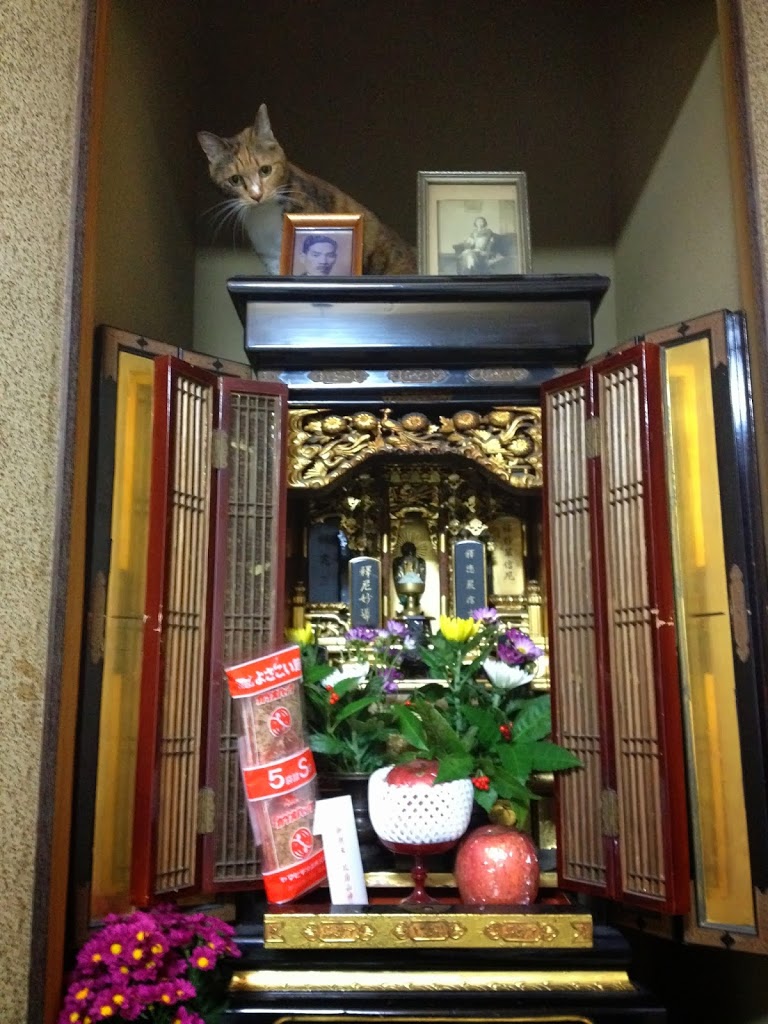

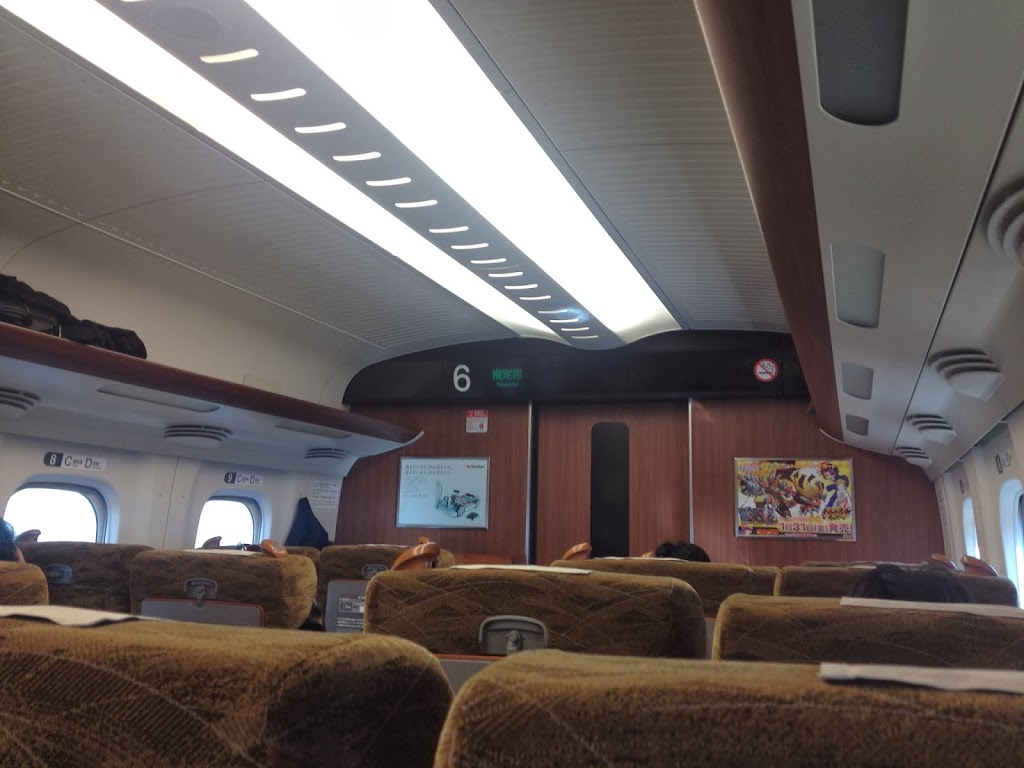
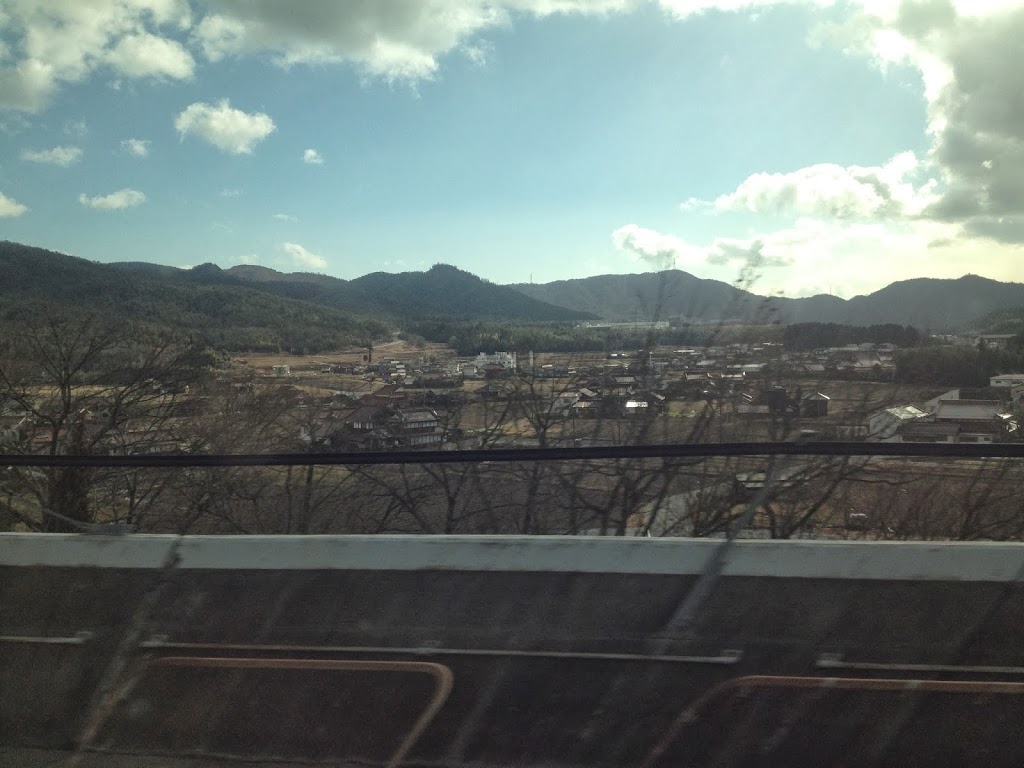
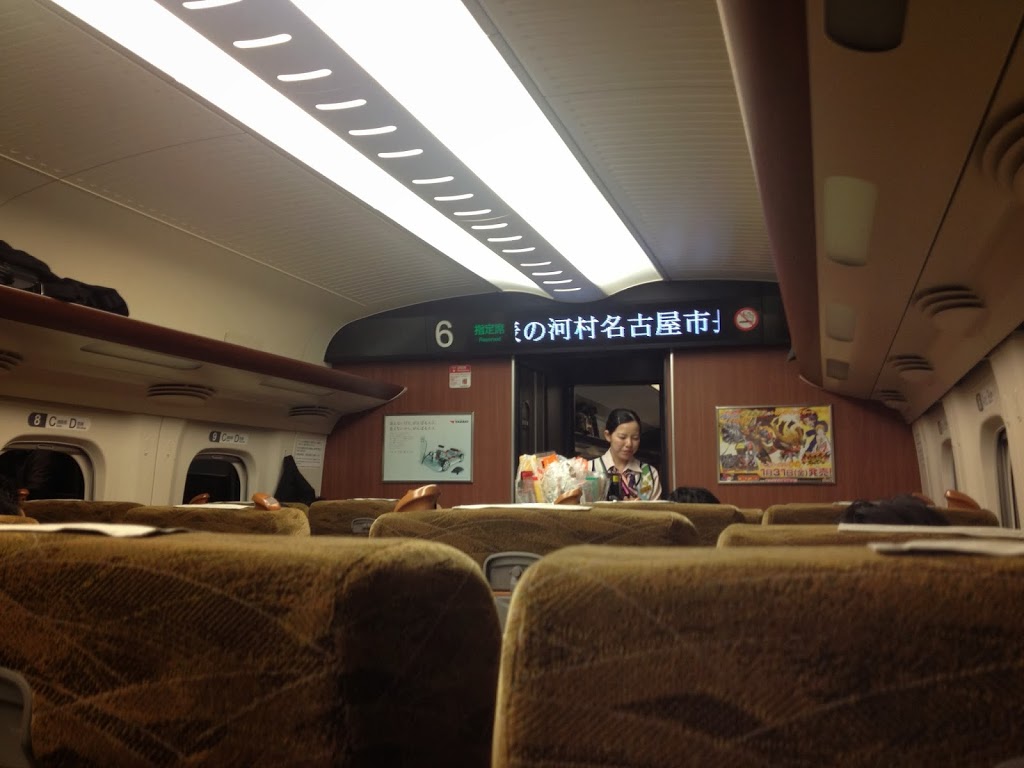
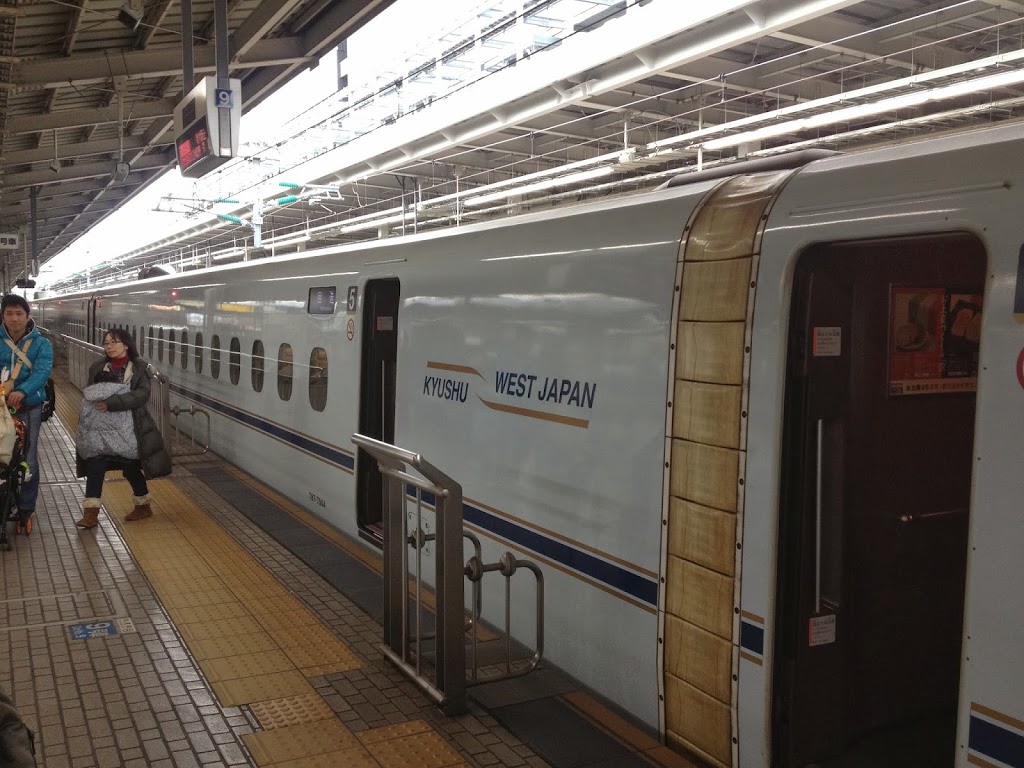
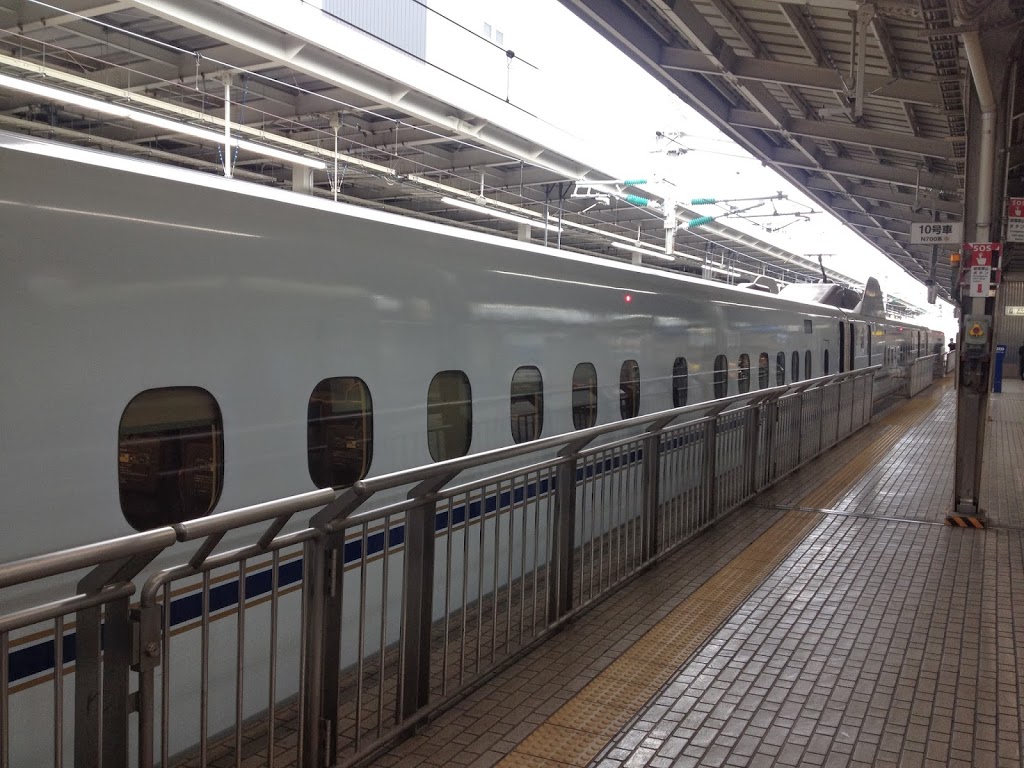
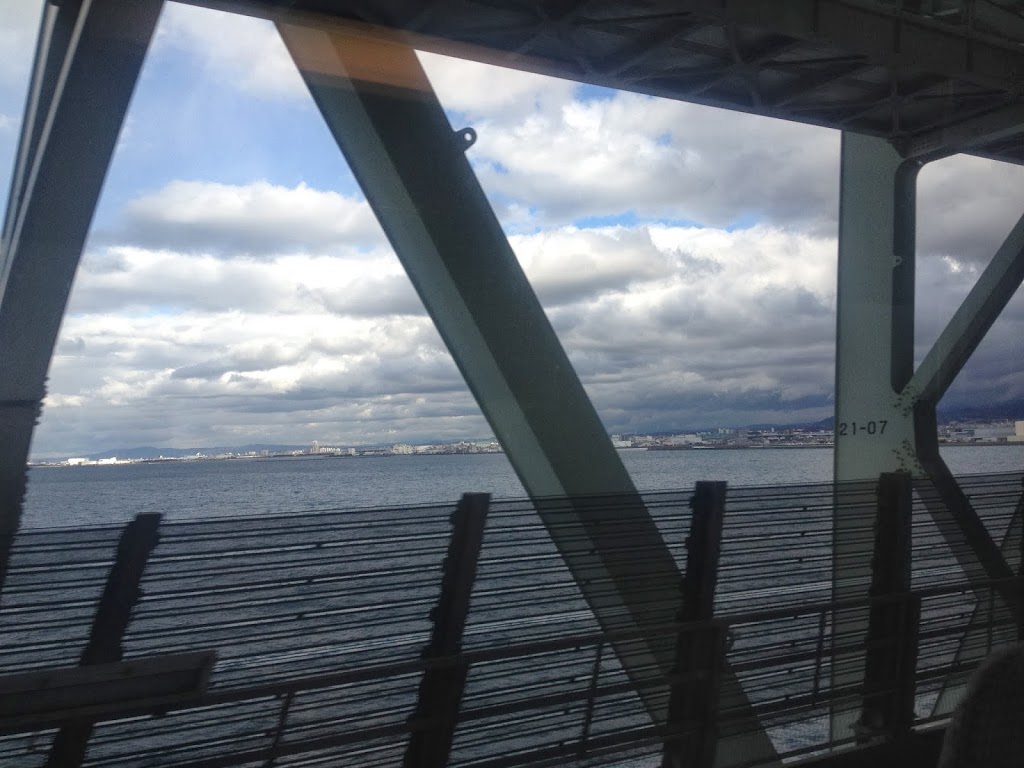
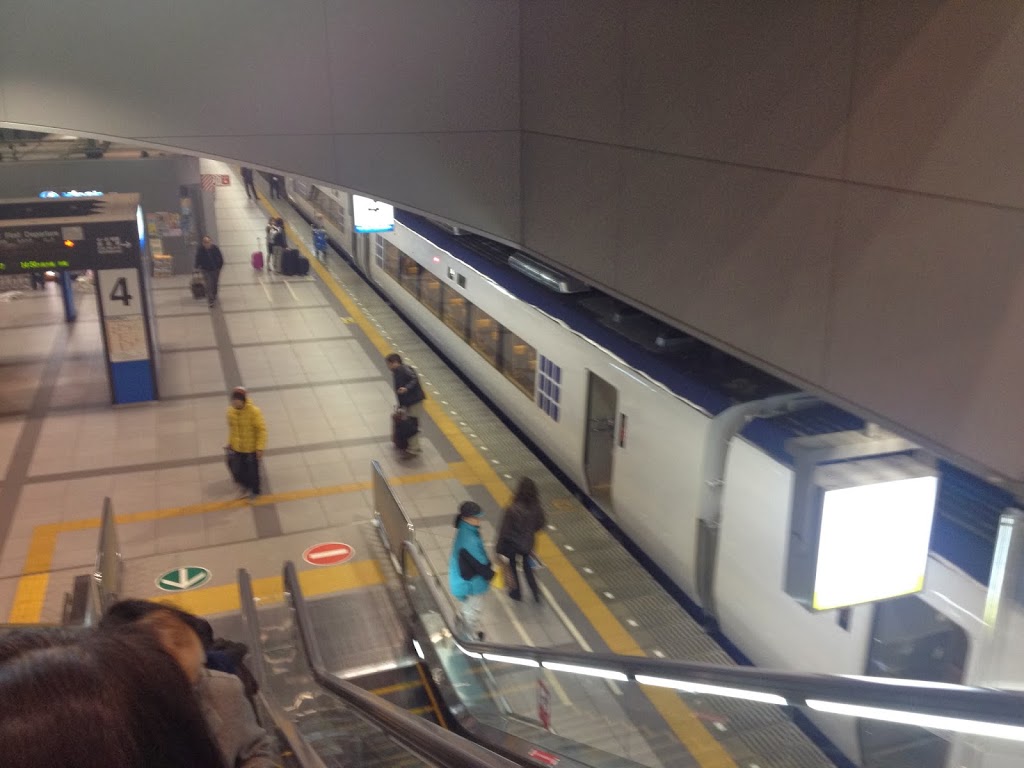
0 comments on “Faster Than a Speeding Bullet” Add yours →